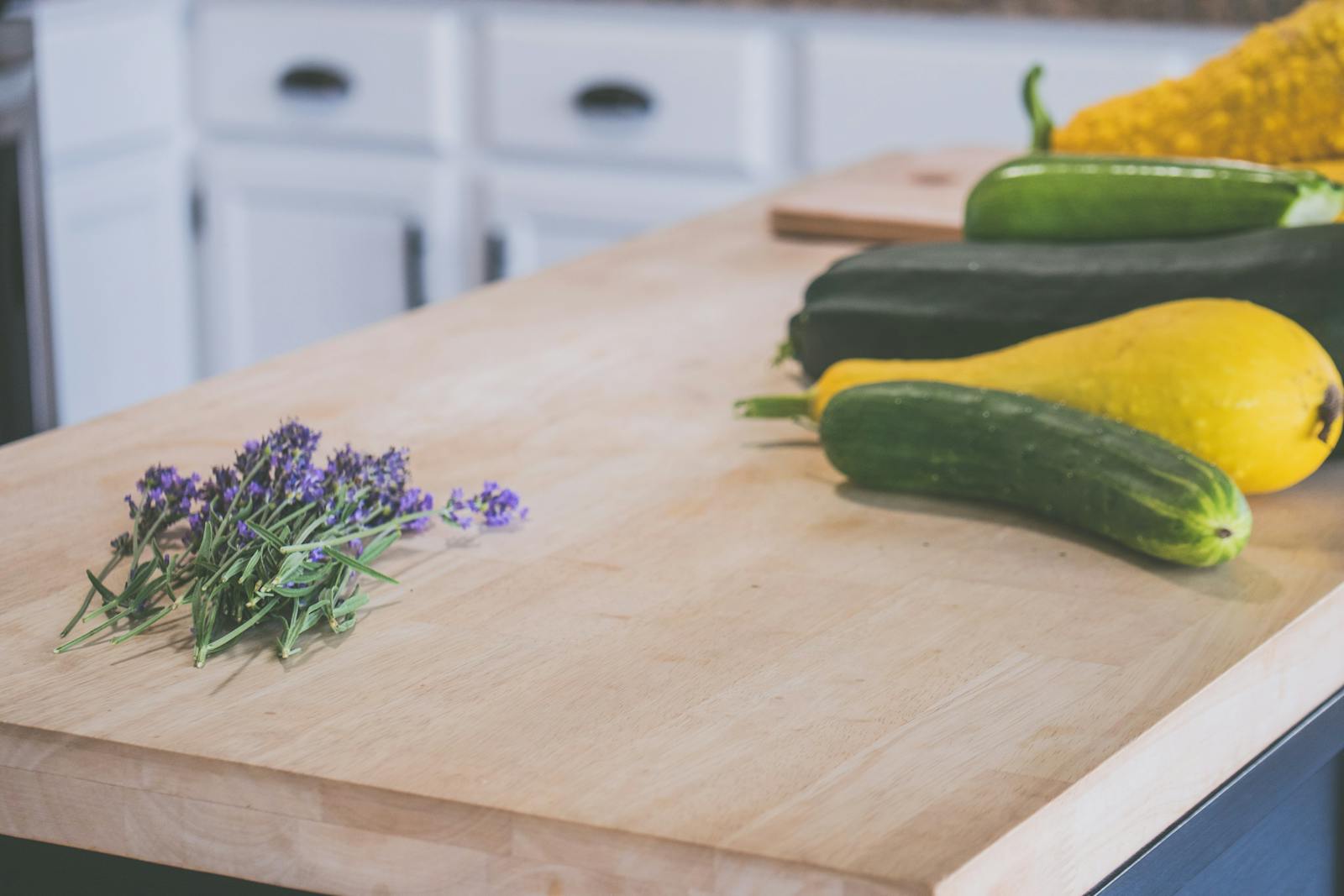Living with Less: The Joys of a Simpler Life
The Allure of Minimalism
The modern world encourages accumulation. We’re constantly presented with opportunities to acquire items, often through persuasive marketing and a societal emphasis on material possessions. It’s easy to get caught in a cycle of wanting more, believing that the next purchase will bring lasting happiness. Yet, a growing number of people are finding contentment not in acquiring things, but in intentionally reducing their possessions and simplifying their lives. This shift isn’t about deprivation; it’s about intentionality. It’s a considered choice to prioritize experiences, relationships, and personal growth over the constant pursuit of more stuff.
The motivations behind this movement are varied. Some are drawn to the environmental impact of consumerism, recognizing the strain it places on the planet’s resources. Others are seeking financial freedom, wanting to escape debt and achieve greater control over their finances. Still others are simply tired of the clutter and stress that comes with owning too much. Regardless of the reason, the core principle remains the same: a desire to live a more intentional and fulfilling life. They’re searching for something beyond the fleeting satisfaction of a new purchase.
Practical Steps Toward Simplification
Moving toward a simpler existence doesn’t require a dramatic overnight transformation. It’s a gradual process, best approached with patience and self-compassion. Starting small can be incredibly effective. Maybe it begins with decluttering a single drawer, a shelf, or a corner of a room. The act of sorting through belongings—deciding what to keep, what to donate, and what to discard—can be surprisingly revealing. It forces one to confront the emotional attachments we have to objects and to question the role they play in our lives.
A useful exercise is to consider the last time you used a particular item. If it’s been over a year, it’s probably safe to let it go. This isn’t a rigid rule, of course; sentimental items or those with infrequent but important uses are exceptions. The goal is to identify items that are simply taking up space and contributing to a sense of clutter. Donating these items to charities or giving them to friends and family can provide a sense of purpose and ensure they find a good home.
Beyond decluttering, streamlining finances is a key component of a simpler life. This might involve paying off debt, creating a budget, and automating savings. Reducing unnecessary expenses—like subscriptions you rarely use or impulse purchases—can free up both money and mental energy. It allows resources to be directed toward things that truly matter, such as travel, education, or spending time with loved ones.
The Mental and Emotional Benefits
The benefits of living with less extend far beyond the purely practical. Reducing possessions can have a profound impact on mental and emotional well-being. A cluttered home often leads to a cluttered mind. The constant visual stimulation of too many things can be overwhelming, contributing to stress and anxiety. By simplifying our surroundings, we create a sense of calm and order.
This calmness extends to other areas of life. When we’re not constantly preoccupied with acquiring things, we have more time and energy to devote to relationships, hobbies, and personal growth. We become less susceptible to the pressures of consumer culture and more focused on our own values and priorities. It fosters a greater sense of gratitude for what we already have.
The process of decluttering can also be a form of self-discovery. As we sort through our belongings, we often uncover memories and emotions that we had forgotten. This can be a powerful opportunity for reflection and healing. Letting go of items that no longer serve us can be liberating, allowing us to move forward with a lighter heart.
Sustainability and Conscious Consumption
The movement toward simplicity is closely linked to sustainability. Reducing consumption is one of the most effective ways to lessen our environmental impact. By buying less, we reduce the demand for resources, minimize waste, and decrease pollution. This isn’t about sacrificing quality or enjoyment; it’s about making more conscious choices.
Instead of buying new items, consider repairing or repurposing existing ones. Support businesses that prioritize ethical and sustainable practices. Choose durable, long-lasting products over cheap, disposable alternatives. These small changes can make a big difference over time.
It’s important to remember that sustainability isn’t about perfection; it’s about progress. Every effort, no matter how small, contributes to a more sustainable future. It’s about shifting our mindset from one of constant acquisition to one of mindful consumption.
Challenges and Considerations
The path to simplicity isn’t without its challenges. Societal pressures to keep up with the latest trends can be difficult to resist. Friends and family may not always understand or support your choices. It’s important to be prepared for these reactions and to stay true to your own values.
One common challenge is letting go of sentimental items. It’s natural to feel attached to objects that hold memories, but it’s important to distinguish between genuine sentiment and a fear of letting go. Ask yourself: Does this item bring me joy, or does it simply remind me of the past? Does it serve a purpose in my life, or is it just taking up space?
Another challenge is resisting the urge to replace items that you’ve decluttered. It’s easy to fall back into old habits, but it requires conscious effort to maintain a simpler lifestyle. Remind yourself of the reasons why you chose to simplify in the first place, and focus on the benefits you’re experiencing.
Maintaining a Simple Life Long-Term
Living with less is not a one-time event; it’s an ongoing practice. It requires ongoing awareness and intentionality. Regularly assess your possessions and your spending habits. Be mindful of the things you bring into your home and the impact they have on your life.
Avoid the temptation to accumulate things simply for the sake of it. Before making a purchase, ask yourself: Do I really need this? Will it add value to my life? Is there a more sustainable alternative?
Cultivate gratitude for what you already have. Focus on experiences and relationships rather than material possessions. Remember that true happiness comes from within, not from what you own. It’s a continuous process of refinement and adjustment, always striving for a balance between simplicity and enjoyment.
The rewards of living with less are well worth the effort. A simpler life is a more peaceful, fulfilling, and sustainable life. It’s a life that is aligned with your values and priorities, and a life that allows you to focus on what truly matters. It’s a life that is free from the clutter and stress of consumerism, and a life that is filled with joy, gratitude, and purpose. The journey to simplicity is a personal one, and it’s a journey that can transform your life in profound ways.
It’s a way of thinking, a way of being, and a way of living that can bring lasting happiness. The decision to embrace simplicity is a decision to reclaim your time, your energy, and your freedom. It’s a decision to live a life that is aligned with your values and priorities, and a life that is filled with joy, gratitude, and purpose.










